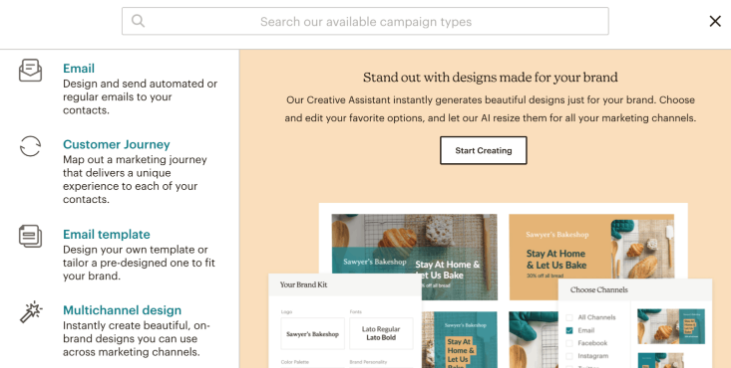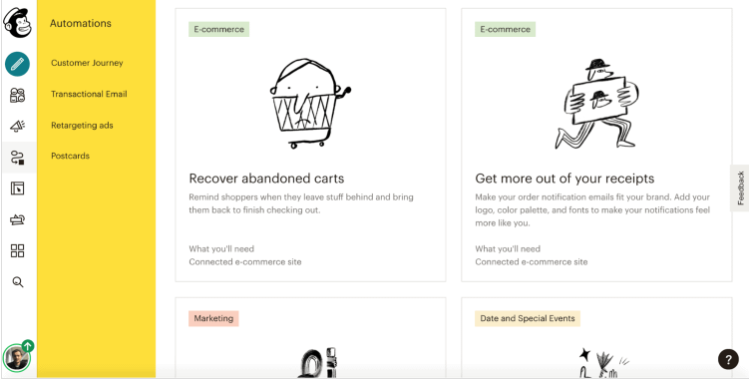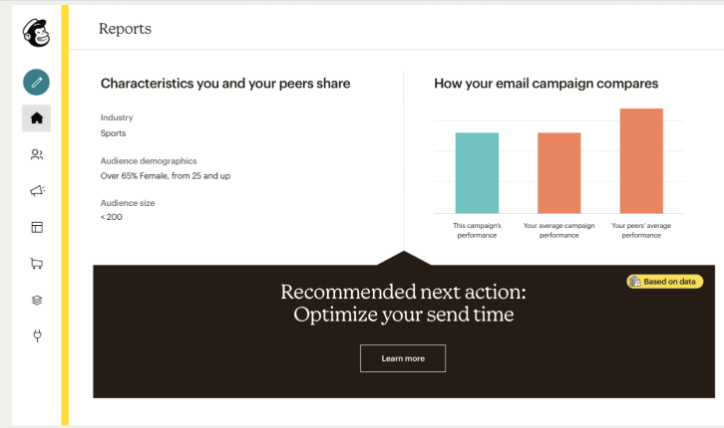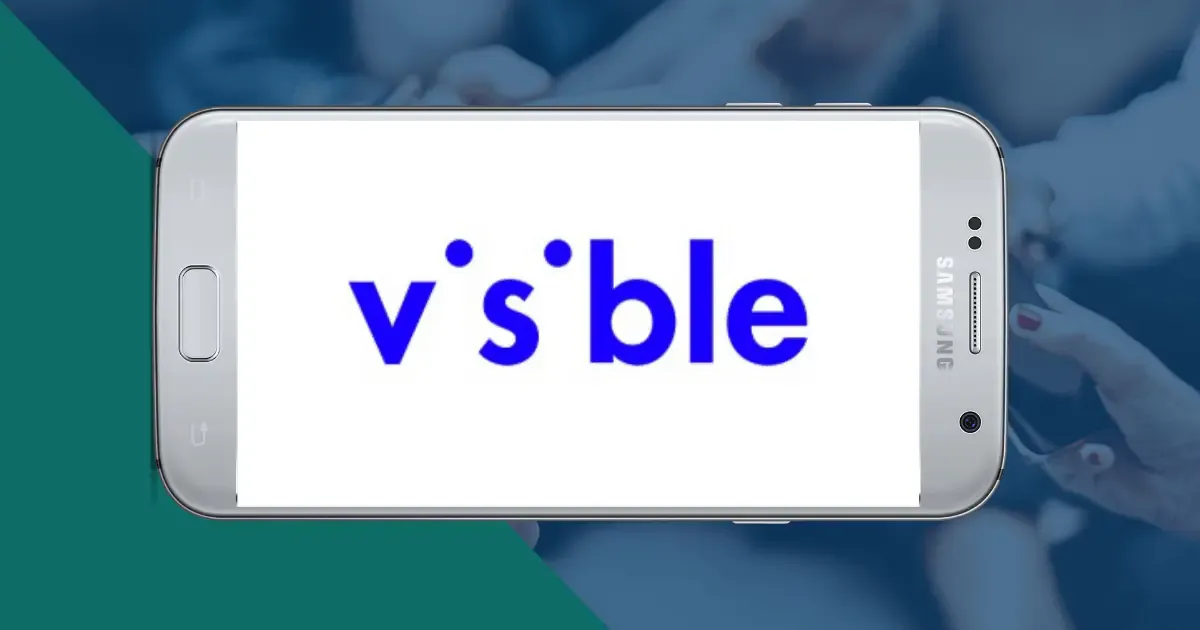
Is there a particular email marketing software that immediately comes to mind? When asked, I always recommend MailChimp. Also, I think most Americans would agree with me on this.
Marketers at Mailchimp were ahead of the curve when the company first launched in 2001, so it quickly became the dominant player in email marketing software.
I used MailChimp extensively during my brief stint in corporate America (it was the best tool then). After all these years, I finally decided to stop using MailChimp. But even in this day and age of TikTok and mock meats, millions of people still do.
Does having the best product necessarily mean having the most well-known brand? In what ways do you feel Mailchimp has evolved? Let's investigate further to find out!
What Is Mailchimp?
MailChimp is a service for managing your email lists, newsletters, and automated marketing campaigns.
MailChimp is geared primarily toward local businesses. Users who use it extensively include online merchants, digital enterprises, independent contractors, and advertising firms.
The most common uses for Mailchimp are newsletter management, email marketing campaigns, and autoresponder series.
How Does Mailchimp Work?
Users can create, send, and manage a variety of newsletters using the free tool MailChimp, which the company provides. Let's start by defining a few terms before we get into the nitty-gritty of how MailChimp actually does work.
Subscriber: A subscriber has opted in to receive your marketing emails. People typically opt in to your list when they purchase or fill out a form on your website.
Mailing List: Addresses of mailing list members are kept in a database. Think of them as people who have agreed to receive emails from you regularly.
Newsletters: The emails you send to your list via MailChimp can be classified as newsletters. Automation newsletters are also called campaigns.
If you're using an email service like Gmail or Hotmail, you may be aware that there is a limit to the number of recipients you can email at once. MailChimp eliminates this problem by letting you send unlimited newsletters to a total number of subscribers (generally about 20 people).
Core Features
We'll review some cool new features Mailchimp has added to their product over the years.
1. Creating Campaigns
In addition to its fun-winking mascot, Mailchimp's Campaign Feature was a significant factor in the company's rise to the top of the email marketing industry.
Even if you don't have any experience with design, you can create professional-looking emails with MailChimp, one of the first tools of its kind in the field of email marketing. It's still one of the most widely used resources of its kind today.
2. Automations & Integrations
I'm always trying to find ways to improve the efficiency of my marketing processes. As a result of my aversion to routine work, I do my best to have it automated (or delegated) away.
That's why I couldn't wait to learn more about the automation and integrations offered by MailChimp. In what ways can MailChimp be used for automation?
MailChimp allows you to create automated workflows for your audience, online store, marketing campaigns, and even one-off events. I like that there are pre-made templates available on the platform. We found some excellent autoresponder layouts to use. A welcome email series, an abandoned cart recovery sequence, and more can all be set up in a flash.
Whether you run an online store, a blog, or a local business, you have access to hundreds of different integrations. Both mainstream apps and specialized ones can be integrated. However, the library of automation templates is quite limited, with only about 20 options to work with.
But the best part is making your automated workflows from scratch. In addition, Mailchimp provides a sleek user interface (UI) for creating these sequences, complete with a visual representation of your work.
3. Reporting: Insights and Analytics
One of Mailchimp's best features is its ability to make insightful recommendations based on users' past actions. By connecting your online shop to MailChimp, you can discover specifics about a customer's propensity to buy from you again (i.e., purchase likelihood).
Commonly referred to as "predictive insights," this function provides solid evidence for your judgments about customers. Using this information, MailChimp recommends products to your customers.
You can easily divide your clientele into subsets based on customer lifetime value (LTV) and send highly tailored messages to your most valuable clients using MailChimp.
Conclusion
Mailchimp's branding is adorable, chimp and all. It has all the features most users need. Certain features are only on pricier tiers. Full functionality and a growing subscriber base may come with a hefty monthly bill.
If you're a beginner, use the freemium plan until you're done. From there, you can decide if it's worth the cost.








